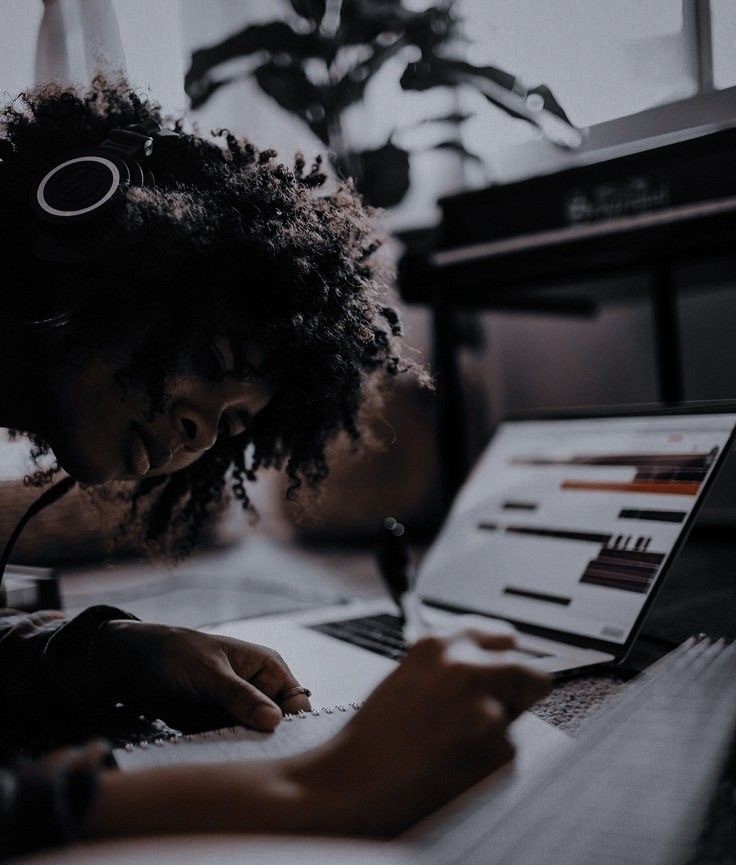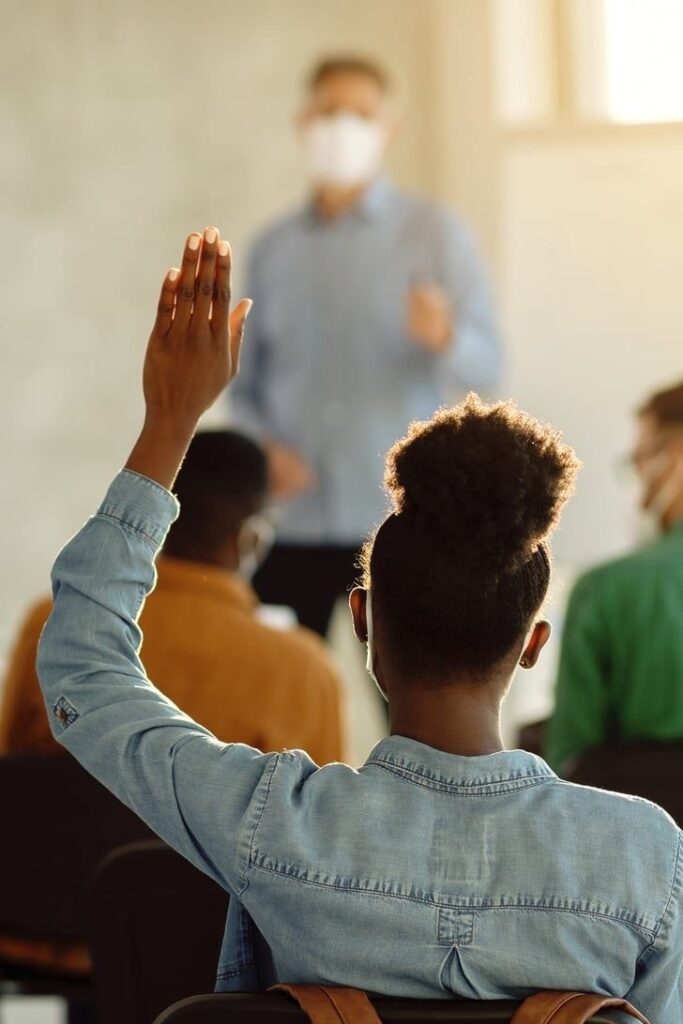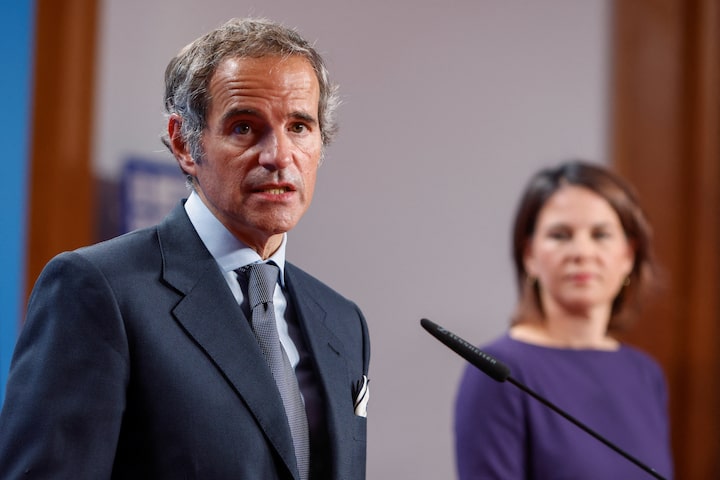In recent years, the realm of higher education has been in the throes of a captivating transformation. The age-old method of lecture-based teaching is under siege from imaginative, disruptive forces, and one star on the rise is the concept of the “flipped classroom.” Imagine, if you will, a classroom turned on its head – here, students dive headfirst into course material before setting foot in class, often delving into video lectures or readings. Once they assemble, the classroom becomes an arena of active learning and hands-on application. This profound shift in pedagogy is not just a novelty; it’s a sparkling gem in the treasure trove of modern higher education, unlocking a world of potential benefits.
During lectures in the typical classroom, students are frequently passive consumers of the content, which has a limited impact on memory and comprehension. Enter the flipped classroom, where active learning takes centre stage. Students arrive prepared for class with a foundation of knowledge from pre-class assignments, creating the ideal environment for engaging interactions including heated debates, problem-solving exercises, and practical experiences. Like a magic wand, active learning has the ability to aid pupils in better grasping complex concepts and lead them to profound comprehension.
Flipped classrooms fan the flames of student empowerment over their own learning journey. Students are compelled to focus more intently on the material as they take on the burden of pre-class preparation. They actively engage in discussions, ask questions, and bring a ferocious energy to in-person meetings. This lively exchange between students and teachers, similar to a dance, not only deepens understanding but also creates a captivating and exciting learning atmosphere.

Students are generally given the option to access course materials at their own pace in flipped classrooms, which frequently compose their symphonies with the harmony of internet resources. For non-traditional students and adult learners who are juggling work or family obligations, this cadence is music to their ears. They can enjoy lectures and read materials at a time that works with their schedules, making higher education more accessible and flexible to the many demands of the student symphony.
The ability of the flipped classroom concept to provide individualised instruction is what makes it so captivating. The ability to challenge pupils ready for advanced exploration while providing focused support to those who need it is in the hands of the instructor. This customisation isn’t simply a nicety; it increases the effectiveness of learning outcomes and gracefully adjusts to the ensemble’s varied rhythms and preferences.
Traditional lectures, alas, often leave little room for students to flex their intellectual muscles, apply newfound knowledge, or engage in the art of critical thinking. But in the flipped classroom, in-person sessions come alive with activities that beckon students into the realm of higher-order thinking, complex problem-solving, and the practical application of knowledge. This shift is akin to equipping students for the demands of the contemporary workforce, where practical skills and the alchemy of critical thought reign supreme.
Imagine this: In a regular classroom, students might not become aware of their misconceptions until they receive papers and tests back with grades and marked in red ink. However, in a flipped classroom, teachers use the magic wand of instant feedback. Instructors can step in and help students who are having trouble understanding a concept during in-class activities. This ongoing feedback loop is crucial for the learning experience, similar to having a personal guide on a spiritual quest.

The numbers don’t lie – research has sounded the clarion call that flipped classrooms breed superior learning outcomes. Students often outperform their peers on assessments, retain knowledge for the long haul, and sing praises of their enriched learning odyssey. This harmonious chorus of benefits, fuelled by active learning, heightened engagement, and personalised guidance, all contributes to these resoundingly positive results. It’s the symphony of success in modern education.
Flipped classrooms have a huge impact on higher education simply because of their sheer size. This innovative strategy promotes active learning by engrossing pupils, fostering flexibility, and making instruction personalised. It represents a fundamental shift in the way that education is provided, preparing students to take on the challenges and opportunities of the 21st century with confidence. With every flip of the traditional teaching script, higher education morphs into a more pulsating, immersive, and efficacious realm of learning. As technology and teaching techniques continue their inexorable march, the flipped classroom is poised to emerge as a formidable cornerstone in the relentless overhaul of higher education. Mark my words, this is the future, and it looks astonishingly promising.
Sources
- https://www.viewsonic.com/library/education/8-benefits-of-a-flipped-classroom/
- https://educationaltechnologyjournal.springeropen.com/articles/10.1186/s41239-021-00316-4
- https://www.researchgate.net/publication/317806273_The_Benefits_Drawbacks_and_Challenges_of_Using_the_Flipped_Classroom_in_an_Introduction_to_Psychology_Course




